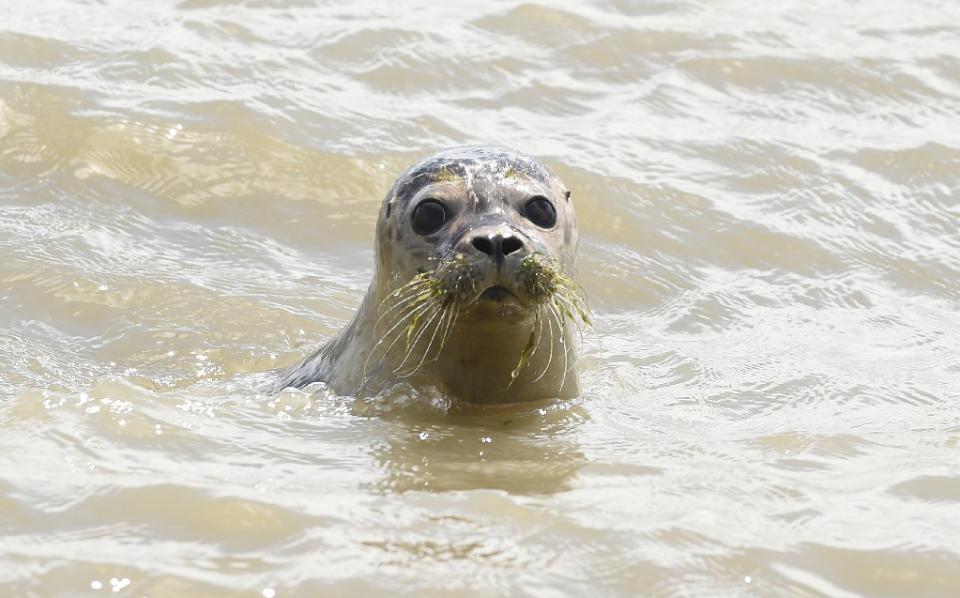
Seals and porpoises are becoming a common sight in the Thames Estuary and further upstream, survey results published on Thursday show.
A total of 2,732 marine mammals were spotted by members of the public in the river between 2004 and 2014, the Zoological Society of London (ZSL) said in a report.
Harbour seals were the most commonly sighted marine mammal, with 1,080 animals reported, while 333 grey seals were also recorded during the ongoing survey.
Another 823 unidentified seals were also spotted over the decade-long period while 49 whales, 398 harbour porpoises, 46 dolphins and three otters were also seen, the survey revealed.
The majority of sightings were of individual animals, but in September 2014 100 seals were spotted at Greenwich and in November 2014 30 pilot whales were spotted near Clacton-on-Sea.
A northern bottlenose whale famously swam up the Thames past the Houses of Parliament in 2006 but failed to survive.
A hotspot for sightings was Canary Wharf in east London, with more sightings of marine mammals reported by the public around the docks and wharfs of the financial hub than any area along the Thames Estuary over the past decade.
Dolphins have been seen as far upstream as Teddington Lock in west London, and seals spotted swimming past Hampton Court Palace.
A pod of eight harbour porpoises was recorded swimming in the river near Kew Gardens in May 2009 while ten bottlenose dolphins were seen near Deptford in April 2006.
"People are often surprised to hear that marine mammals are regularly spotted in central London," said Joanna Barker, European conservation projects manager at ZSL.
"As a top predator, their presence is a good sign that the Thames is getting cleaner and supporting many fish species.
"The presence of these animals is also a great example of how urban environments are important for wildlife."
Conservationists and volunteers have been carrying out a separate annual seal survey since 2013 by land, sea and air in the Greater Thames Estuary to track how their numbers are doing in the southeast of England, with the results expected in a few weeks.
Both surveys are part of efforts to help understand and protect marine mammals in the Thames Estuary.
Barker urged people to take part in the ongoing public survey at www.zsl.org/inthethames
afp



































